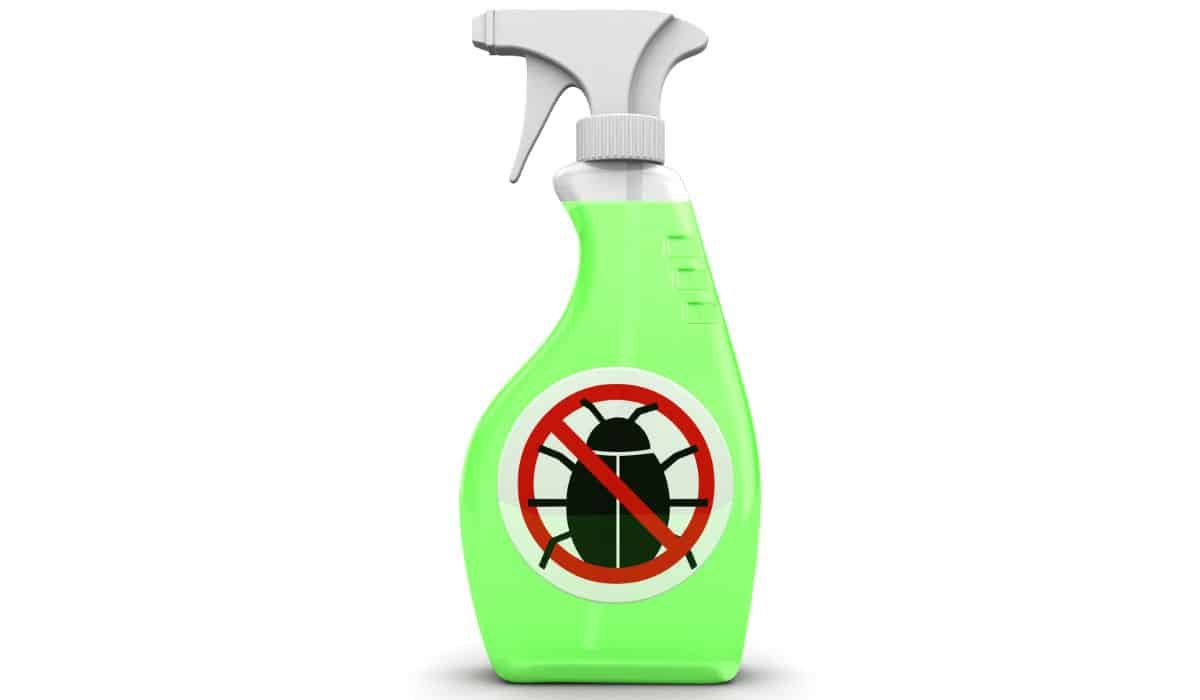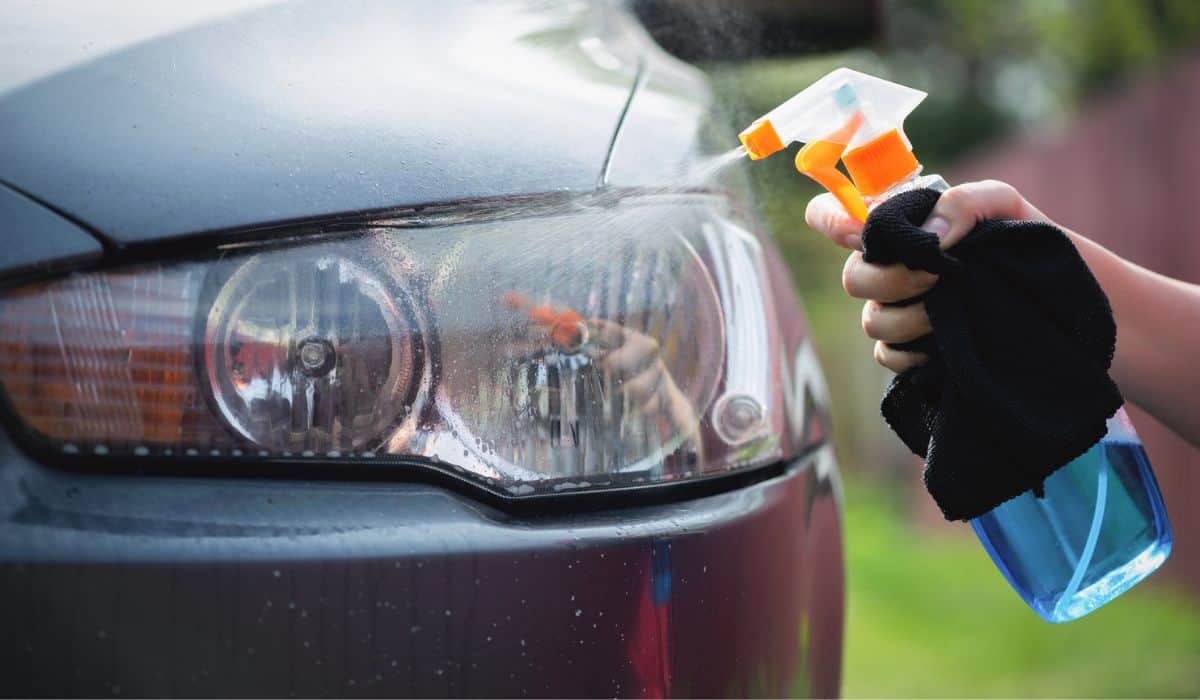Why You Should Ignore This Bug Spray “Hack” for Cleaning Your Headlights
Headlights naturally accumulate dirt, grime, and debris from driving on the road. Dust, insects, and road tar can also contribute to the buildup. Bug spray has gone viral as a cleaning solution for headlights, but is this something you should actually try?
Using bug spray to clean a car’s headlights isn’t a good idea. Bug sprays usually contain chemicals that can damage the headlights’ surface and cause hazing or yellowing over time. Instead, it’s best to use specialized cleaning products specifically designed for car headlights.
Even using just water and vinegar is a gentler and more effective way to remove grime without damaging the headlight’s surface. Let’s take a deeper dive into why using bug spray isn’t worth the illusion of convenience, and what you should be using instead.
Should You Use Bug Spray To Clean Your Headlights?

Just because you can doesn’t mean you should. Using bug spray to clean your car’s headlights may seem like a quick and easy way to clear up fogginess, but it’s not recommended.
That is because bug sprays often contain chemicals unsuitable for use on automotive surfaces and can cause damage to your headlights over time.
One of the main ingredients in bug spray is pyrethroids, a type of insecticide. These synthetic chemicals are toxic to insects but can also damage the surface of your headlights.
When applied to the surface of a headlight, the chemicals in bug spray can cause hazing or yellowing. That reduces the amount of light emitted by the headlight, making them less effective lighting up the road. That’s the last thing you want!
On top of this, the chemicals in bug spray make headlights brittle, which can cause them to be more prone to cracking or breaking over time.
It’s also difficult to control how much product you’re applying. Overuse of bug spray can result in an excessive buildup of chemicals on the headlight surface, which can cause further damage.
Basically, cleaning your headlights with bug spray is way more trouble than it’s worth. What might seem like a cheap shortcut now will cause headaches in the future.
What Should You Use to Clean Your Car’s Headlights?

So, if you’re better off without bug spray, what should you be using?
Here’s some options:
- Specialized cleaning products specifically designed for car headlights, like this ceramic headlight restoration kit by CERAKOTE (on Amazon). These products are formulated to effectively clean your headlights without causing damage to the headlight surface.
- A mixture of water and vinegar. This simple solution is a natural, effective, and safe way to clean your headlights.
- Soap and water. A mild soap and water solution is a safe and effective way to clean your headlights. Still, it may not be as effective as specialized cleaning products or vinegar solutions.
- Baking soda and water. Mixing baking soda and water can gently scrub dirt and grime from the headlight surface.
- Microfiber cloths are soft and gentle, making them a good option for cleaning your headlights without causing damage.
Using any of these alternatives to bug spray will help keep your headlights clean and functioning properly without causing any harm to the surface (or the environment).
It’s also important to avoid using household cleaning products, like ammonia or window cleaner, on your car’s headlights, as these can cause damage to the surface of your headlights.
How to Clean Headlights with Bug Spray as Safely as Possible
Again, it’s always better to use specialized cleaning products specifically designed for car headlights or a mixture of water and vinegar.
But if you still want to give bug spray a try, it’s important to follow these steps to minimize the risks:
- Test the bug spray on a small, inconspicuous headlight area first to ensure it does not cause damage.
- Apply the bug spray to a soft cloth instead of directly onto the headlight to control the amount used.
- Use light, gentle pressure when wiping the headlight to avoid scratching the surface.
- Rinse the headlight thoroughly with water after cleaning to remove any residual bug spray.
- Keep in mind that even with these precautions, there is still a risk of damaging the headlight surface.
Safety First
Keep in mind that potentially serious health concerns stem from exposure to bug sprays.
When bug spray is applied, the chemicals in the spray can evaporate into the air and be inhaled, causing a range of health problems.
Short-term exposure to bug spray fumes can cause respiratory irritation, coughing, wheezing, and shortness of breath. It can also irritate the eyes, skin, and mucous membranes, leading to redness, itching, and burning symptoms.
In severe cases, inhaling bug spray fumes can cause dizziness, headache, nausea, and unconsciousness.
Taking precautions when using bug spray is important to minimize the risk of inhaling the fumes. Avoid using bug spray in enclosed spaces and apply it in well-ventilated areas.
It’s also a good idea to wear protective clothing, such as gloves and a mask, when applying bug spray to reduce skin and inhalation exposure.
Will DEET-Free Bug Spray Work?
DEET-free bug sprays may not be as effective in repelling insects as those that contain DEET, but they may be less harmful to your car’s headlights.
However, using any bug spray, including DEET-free, is still not recommended to clean your headlights. The chemicals in bug spray, including DEET-free versions, can still cause damage to the headlight surface and make it less effective in lighting up the road.
